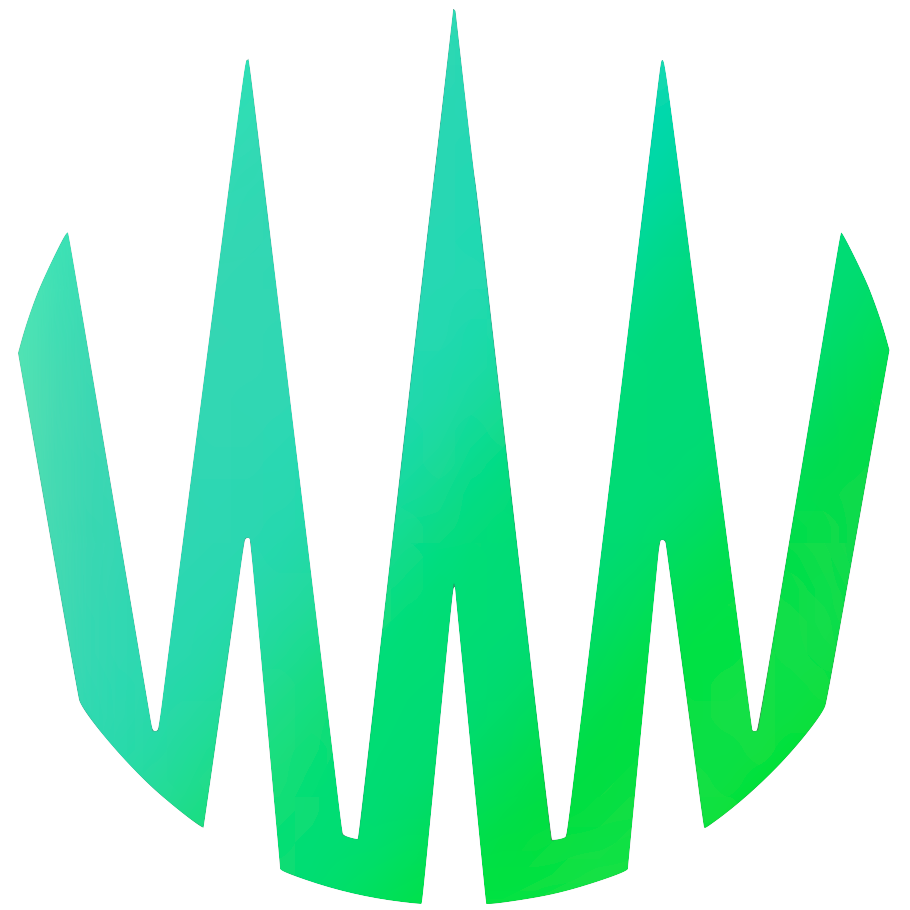Around the World
Create a map from your doorstep, around the world and back.
Visually inspired by Westworld's divergence visualization, I created a circular visualization of the entire world's elevation. This interactive map shows an exaggerated cross-section of Earth, with oceans in blue and land in green. Each cross-section slices the globe in half, cutting through the North Pole, the South Pole and the input location. To help get started, you can click on these suggestions: Mt. Everest (highest point), Challenger Deep (lowest point), Santo Domingo, DR (most land), and Tjörneshreppur, Iceland (most water). Or just enter any location below!
Backstory
On June 14, 2020 in the middle of Ocean Month, U.S. explorer, oceanographer and astronaut Dr. Kathy Sullivan hit an incredible milestone. As part of a research mission, she dove nearly 36,000 feet to the deepest point in the ocean: Challenger Deep. Completing this dive is the ocean's extreme answer to summitting Mt. Everest, the highest point on Earth, standing at a formidable 29,000 ft. In completing her voyage, Dr. Sullivan became the first and only person to both fly to the outermost reaches of space exploration and dive to its farthest depths.
The importance of her mission to collect samples from the seafloor highlights the critical goals of Ocean Month: to promote sustainable ocean use and encourage ocean exploration. We have yet to observe nearly 95% of the ocean or to classify 90% of ocean species, making it Earth's last unexplored frontier. Discovering these new species could lead to untold beauty, appreciation, and innovation. After all, observing nature's ingenuity has led to beneficial advancements like whalefin-inspired wind turbines and sharkskin-inspired ship coating amongst many others.
Inspired by Ocean Month and Dr. Sullivan, I spent time virtually exploring Earth. I wanted to know what's on the other side of the world from me. I wanted to learn what it would be like to walk from my front door, up to the North Pole, down to the South Pole, and back home again. I'd walk one of Earth's infinite Great Circles. This trip would be the longest "straight line" trip I could take around the world. Mapping it out could show me which oceans I'd sail on and which nations I'd visit. All these questions and curiosities led me to share the graphic above.
Data Story
I started my story with global elevation data which came from NOAA. To calculate values, they made a grid of the Earth and averaged elevation for each rectangle of the grid. They split the Earth into 21,600 vertical slices of longitude (representing 1 arc-minute each) and 10,800 horizontal slices of latitude. Due to the curvature of the Earth, these curved grid rectangles are approximately 1 mile by 1 mile at Equator, and like a thinning ribbon, they converge to 0 miles wide at each of the poles.
To combine those vertical longitude slices with land/water, I next found shapefiles. In the geospatial world, shapefiles are file formats that outline the boundaries of any shape and often carry metadata. I found maritime shapefile data from Marine Regions and country shapefile data from Natural Earth. After converting longitude slices into shapefiles as well, I overlayed each slice on top of land and water files, found intersections and unified the data.
After that, it was a matter of visualizing the data. The deepest point on Earth only reaches 0.17% of the way to the centre of the Earth. If the circular visual mapped everything proportionately to the radius of the circle, the deepest point on Earth would only be 1 or 2 pixels on a normal screen. Therefore, my visualization exaggerates both elevations and depths to be proportional to each other, but not to the circle's radius.
Lastly, building off this article, I'm working on a territory acknowledgment article that can help highlight the native lands that modern countries occupy. For this article, I'm applying the same method above and using native territory shapefiles from the Native Land project. The data is highly detailed for North America and Australia, but largely absent from other parts of the world, so I'm working to find other sources and help expand the Native Land repository.
